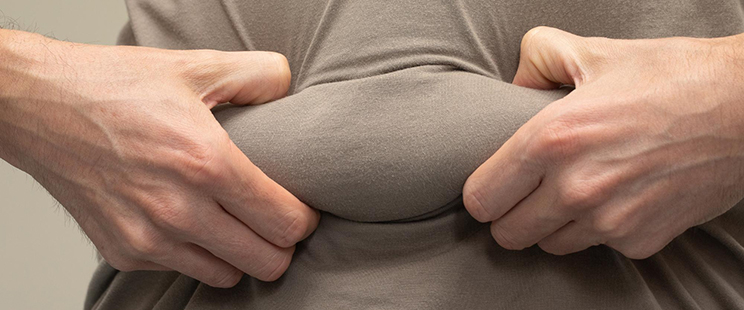The Dreaded DRA: Assessing, Treating & Healing an Abdominal Separation

Ah, Diastasis Rectus Abdominis—chances are you haven’t heard of DRA… until you have! Because it’s happened to you.
DRA is the separation of the tummy muscles that is a common result of pregnancy. It’s a normal process as your body adapts to house your growing baby. However, whilst for some people, their abdominal muscles heal no problem, for many post-partum women, this abdominal separation (or ‘tummy gap’) lingers.
A DRA Deep Dive
To really understand DRA, it’s helpful to visualize it. Think of your rectus abdominis or six-pack muscles (here’s an image to help!). The muscles on the left and right are divided by a band of connective tissue called the linea alba.
As your belly expands during pregnancy, this muscle group stretches and the linea alba spreads and thins. If the linea alba becomes overstretched it struggles to return to its original pre-pregnancy position, leaving a gap between your abs (and a probable DRA diagnosis!).
Signs and Symptoms of DRA
Some telltale signs of DRA are:
– A tummy pouch or feeling like you still look a bit pregnant
– Laxity or softness around your core muscles and difficulty engaging them.
– Slouchy or poor posture
– Difficulty lifting heavy objects
– Pain in the lower back and/or pelvis
How DRA is experienced is different for everyone. However, any of these issues can be upsetting and affect quality of life.
How Common is DRA?
In a study of 300 first-time pregnant women, the stats for DRA post-partum were:
– 60% at six weeks
– 45% at six months
– 32% at 12 months.
So, for a small portion of women who do experience DRA (less than 50%), they will heal unassisted in a year. However, for those who have had multiple pregnancies, are carrying more than one baby, or are older, they are more at risk for DRA.
Assessing and Diagnosing DRA
If you suspect you have DRA, you can consult your primary care physician or make an appointment with a Physical Therapist, ideally a pelvic or women’s health PT.
I assess DRA by conducting a complete physical examination and asking questions. Like many conditions, DRA can occur alongside or exacerbate other issues, particularly those commonly caused by pregnancy. As your practitioner, my aim is to develop a detailed picture of your whole emotional, psychological, and physical landscape, so we can develop a holistic treatment plan that works best for you!
Want to know more about what to expect at a Women’s Health PT appointment? Check out this guide!
Treating and Healing DRA
Physical therapy is recognized as the best way to heal DRA. The right exercise plan works wonders for restoring your tummy muscles to their optimal function. Unfortunately, many common core exercises and fitness classes, such as pilates or personal training, can make DRA worse! An experienced Pelvic Floor PT, however, will ensure that the correct abdominal and supporting muscles are being used.
Several factors unique to the female anatomy can contribute to DRA, such as pelvis alignment and rib position. During pregnancy, your rib positioning may have changed to make room for your growing baby, which has a knock-on effect on posture, pelvic health, breathing—and your abdominals! Other factors that may be influenced include any shift in your pelvic organs, including your bladder, uterus, and bowel, as this can impact how you’re breathing and stabilizing your trunk.
An effective DRA treatment plan treats not just the core muscles but the entire female anatomy, as well as considering lifestyle factors and broader wellbeing to ensure the speediest healing possible.
If you are postpartum and struggling with DRA, or pregnant and want to be assessed for your risk, then book an appointment with Sylvie Le today!
–
Author: Sylvie Le, DPT, PYTC
